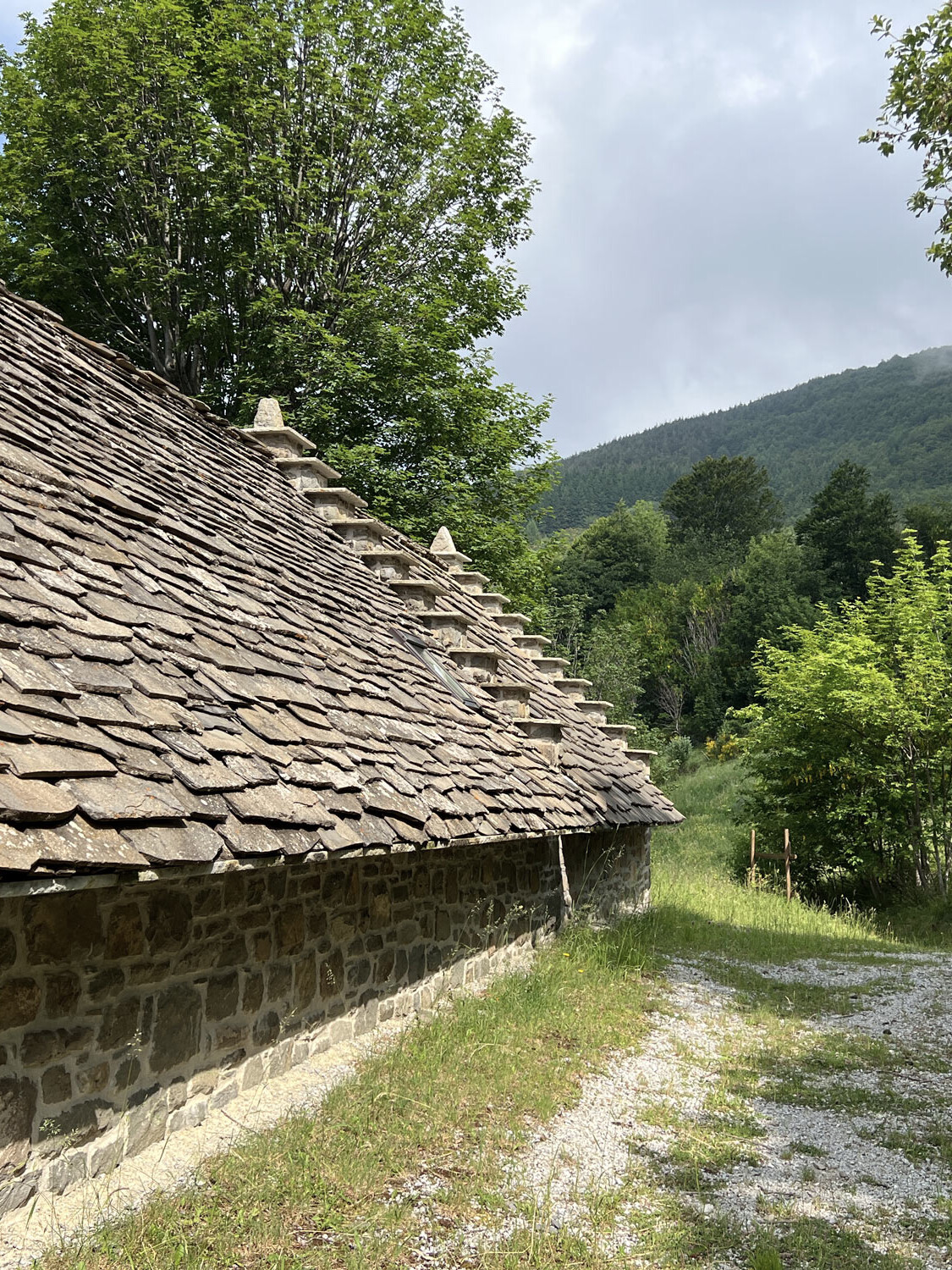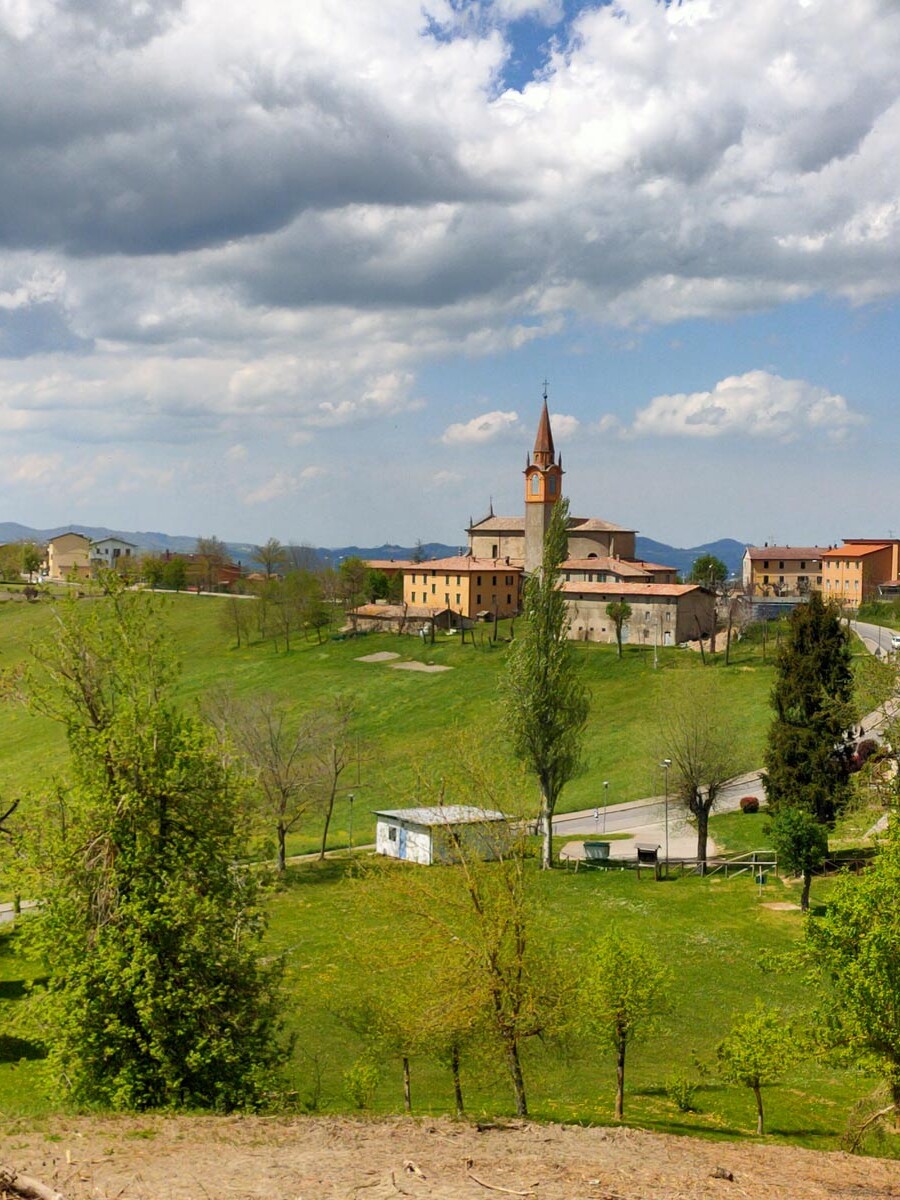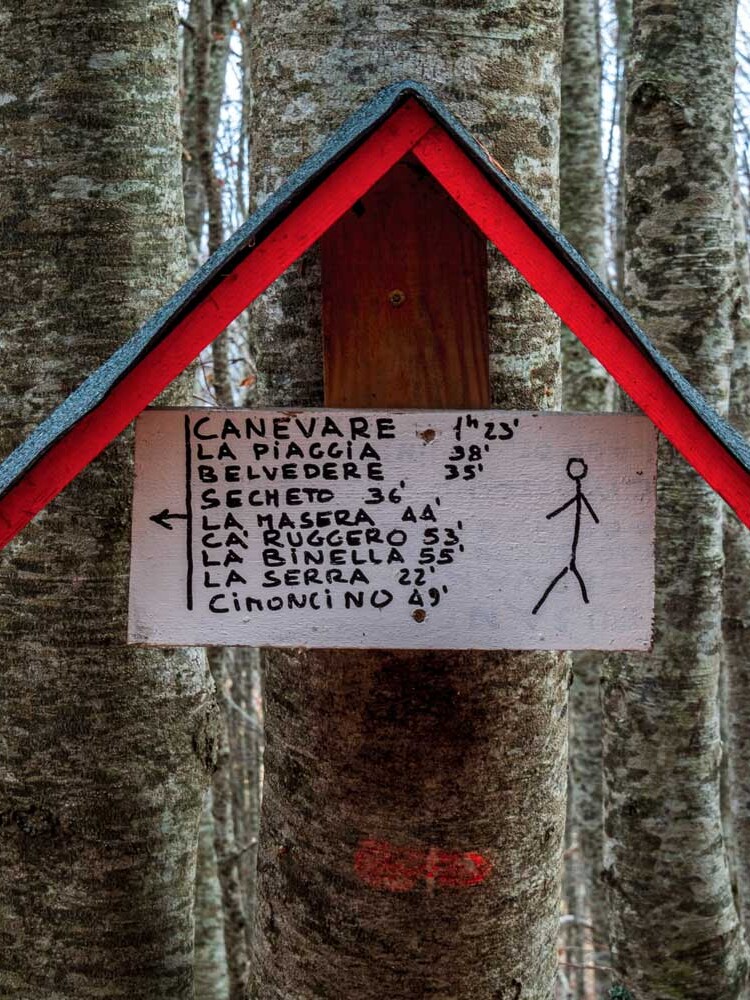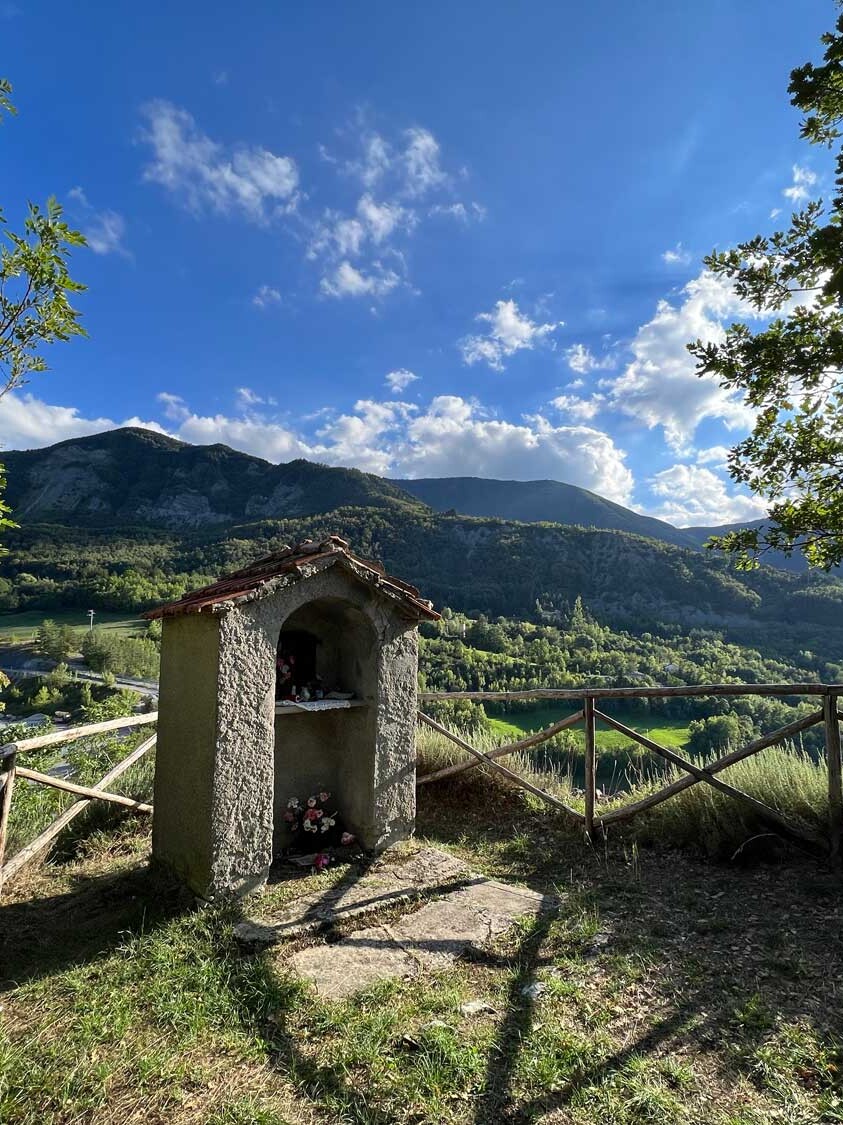For centuries, mills transformed the power of water into energy and life, ground wheat, corn and chestnuts yielded precious flour for to make bread, crescentine (local flatbreads), polenta and pasta.
The mills were the very cornerstone of peasant life and symbolised the completion of a year’s hard work in the fields.
There were once as many as 37 mills along the rivers and streams of Montese, creating the necessary motive power with their waterwheels and grinding the grain with their millstones to provide the finished product. The grain received through the mills’ hoppers was transformed into bales of flour, to be transported by beasts of burden or, backbreakingly, by the peasants themselves, on their shoulders.
As you walk past these buildings, which tell of so much meticulous, hard work and ingenuity, you can still breathe in an air of times gone by, and it is easy to imagine the sounds and laughter of a time when human rhythms were dictated by the seasons.
The circular itinerary begins in the hamlet of San Martino, and continues along the San Martino stream, leading to the mill of the same name. It then climbs up to the hamlet of Riva di Biscia, and then back down again, to the Dardagnola stream, where you will see the Riva Watermill. Following the valley towards the Coveraie Mill, after a short climb you will come to Maserno, and a panoramic viewpoint towards the Apennine ridge and the upper valley of the river Panaro. From here, the itinerary continues to the Mamino Mill, and it is then just a short walk up to the little village of San Martino, where it ends.






